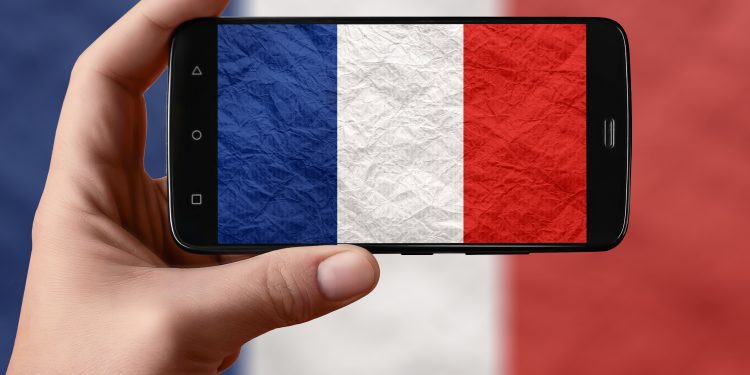French payments app Lydia, which has over eight million users, announced it will split its mobile banking operations into a new brand, Sumeria.
Lydia, launched in 2013, started as a P2P platform but quickly grew to include bank accounts, crypto, personal loans, and stock trading.
The decision to spin off its digital banking aspects and create a challenger bank was spurred by necessity. As the app added features, it estranged many users who appreciated Lydia’s P2P simplicity. The two million users who used the digital banking aspects—and sometimes paid fees to use them—will now be served by Sumeria.
No Carbon Copy
It’s not uncommon for P2P platforms to add mobile banking solutions. PayPal, Venmo, and Cash App have incorporated everything from credit cards to cryptocurrency in their apps.
It’s less common to fully split out digital banking into a new brand due to concerns about alienating users. Adding to possible confusion for Lydia customers, the company is also relaunching Lydia as a new app that’s solely focused on P2P.
Though Sumeria users receive a bank account and a debit card, the brand aims to be more than a carbon copy of other mobile-first banks. Customers will earn interest on their accounts based on the number of times they use their cards.
For the first three months, customers earn 4% interest so long as they use their cards 15 times per month. After that, users earn 2% interest, regardless of the account, if they meet the requisite number of swipes.
A Local Focus
Beyond the unique interest model, Lydia hopes Sumeria will catch on by setting its sights smaller. While other payments apps have international aspirations, Sumeria will focus on the French, German, and Spanish markets where the company is firmly established. Lydia believes the local focus will attract and engage users who want a personalized banking solution.
Even if the scope is smaller, Lydia has strong ambitions for Sumeria. It will reportedly invest €100 million in the digital bank and hire 400 employees in the next few years. Lydia hopes the digital banking app will have five million users by 2027.










